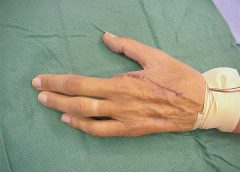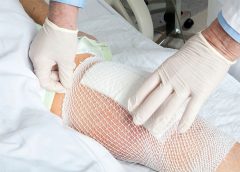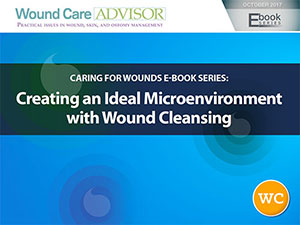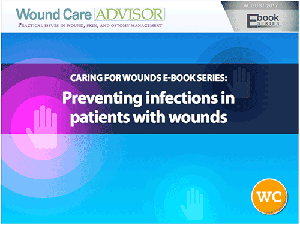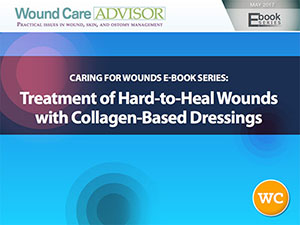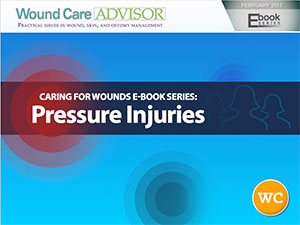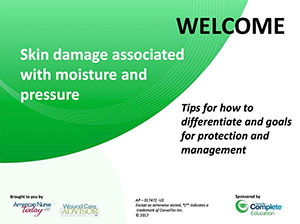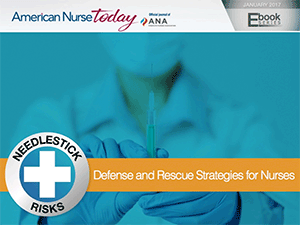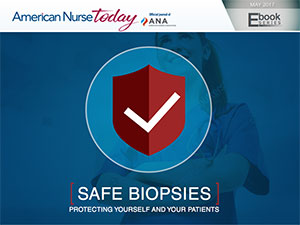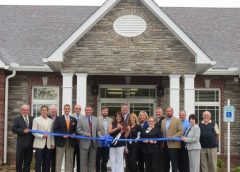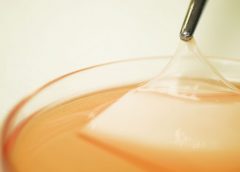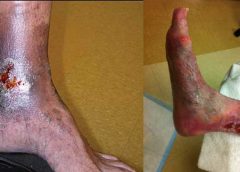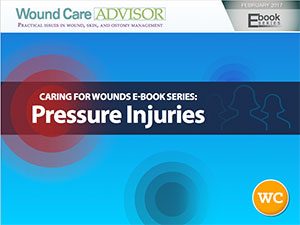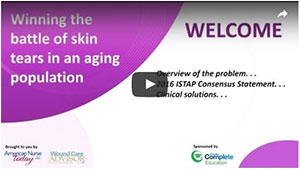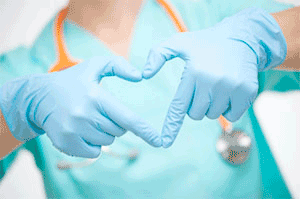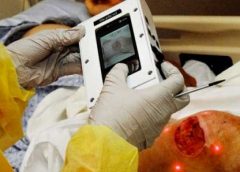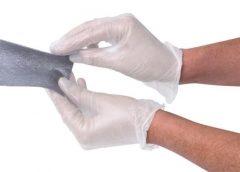by Dr. Michael Miller
I have several letters after my name. The two that say “DO” indicate that I have the training of a physician and the requisite education and responsibilities that uphold those letters. They should mean to patients that my ultimate goal is to offer (and provide when the fates allow) the entire spectrum of medical care referable to what I am good at and what they came to seek solace for. Nothing less and if I keep my ego in check, certainly nothing more. Patients run the gamut of their perception of the medical field. But like the old sales nemesis called “Bait and Switch”, what is offered on the sign all too often does not truly match what is seen on the shelves. Arrogant people are that way because they are good at what they do and not afraid to tell others. As a child, we are told to let others brag about us but failing to let people know what we can and can’t do is integral to our patients’ survival and our success. The problem is that the glitz and glamour of being a healer all too often clouds our success. Some time ago, I blogged about the pseudo-utilitarianism of all those so-called “Wound Certification” Exams. At first blush, these seem to be the key to health, wealth, omniscience and outcomes equaled only by those wound care management companies. (more…)
Read More

